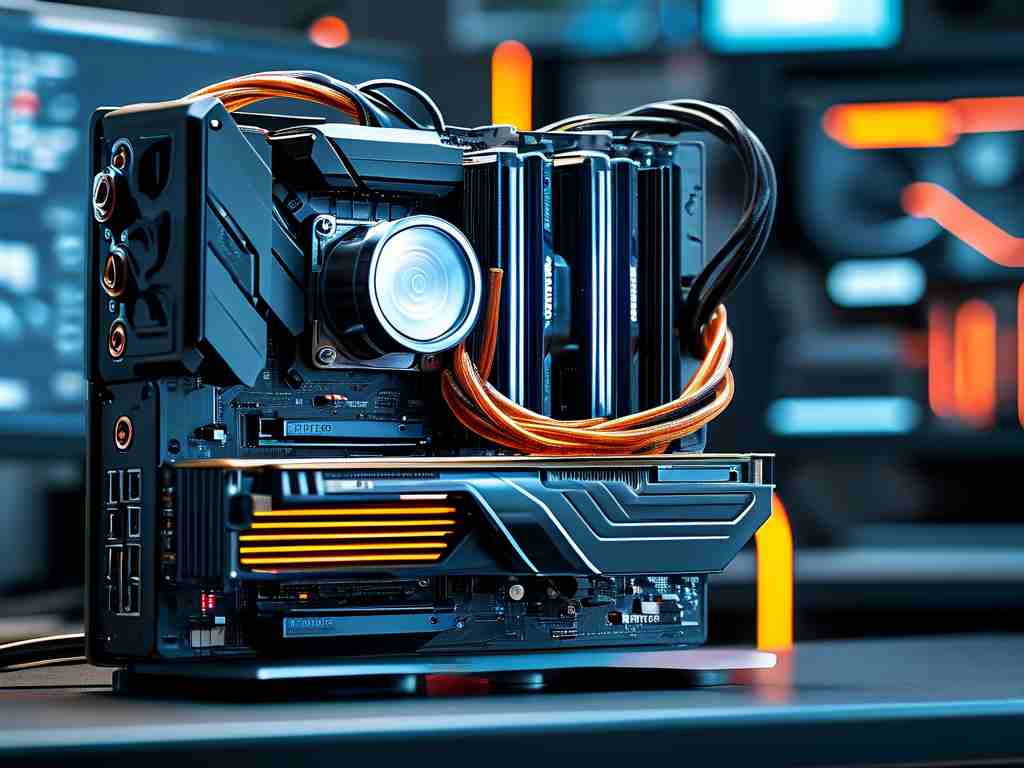The question of whether database knowledge is necessary for Android driver development often sparks debate among embedded systems engineers. While driver development primarily focuses on hardware interaction and kernel-level programming, modern Android systems increasingly rely on structured data management. This article explores the intersection of database concepts and low-level driver implementation, analyzing scenarios where database skills become relevant.

Understanding Android Driver Development
Android driver development involves creating kernel modules or Hardware Abstraction Layer (HAL) components that enable communication between hardware (e.g., sensors, peripherals) and the Android framework. Key responsibilities include:
- Implementing device-specific operations
- Managing memory allocation
- Handling interrupts
- Ensuring power efficiency
At this level, developers typically work with C/C++ and assembly language, focusing on hardware registers and system calls rather than high-level data management.
Where Databases Enter the Picture
While core driver logic doesn't require database integration, several advanced scenarios demand data persistence and structured query capabilities:
-
Configuration Management
Drivers for complex hardware (e.g., IoT gateways, automotive systems) often need to store device-specific configurations. An SQLite database can efficiently manage:- Firmware version control
- Calibration parameters
- User-defined presets
-
Diagnostic Logging
Industrial-grade drivers may require detailed event logging. A lightweight database helps:- Store timestamped error codes
- Track performance metrics
- Enable post-mortem analysis
-
Cross-Process Communication
When drivers interact with user-space applications, databases facilitate:- Shared data access
- Asynchronous messaging
- State synchronization
Case Study: Sensor Hub Drivers
Modern Android devices contain sensor hubs that aggregate data from accelerometers, gyroscopes, and environmental sensors. Implementing a driver with local storage capabilities using SQLite:
- Reduces IPC overhead
- Enables batch processing
- Maintains data integrity during sleep modes
A simplified implementation might involve:
sqlite3 *db;
int rc = sqlite3_open("sensor_data.db", &db);
// Create table for sensor readings
sqlite3_exec(db, "CREATE TABLE IF NOT EXISTS readings (timestamp INTEGER, value REAL);", 0, 0, 0);
When Database Knowledge Becomes Crucial
-
Middleware Development
Drivers acting as intermediaries between hardware and Android services (e.g., Health HAL) often interface with Room databases. -
OTA Update Systems
Drivers handling firmware updates benefit from database-managed version tracking and rollback mechanisms. -
Security-Critical Components
TEE (Trusted Execution Environment) drivers may use encrypted databases to store cryptographic keys.
Alternative Approaches
For resource-constrained environments, developers might consider:
- Flat files with custom parsing
- Android SharedPreferences
- Protocol Buffers for structured data
However, these alternatives lack:
- Transaction support
- Efficient query capabilities
- Built-in concurrency control
Learning Recommendations
While not mandatory for basic driver development, database proficiency enhances career prospects. Focus on:
- SQLite fundamentals
- Android Room Architecture Components
- ContentProvider implementation
- Performance optimization techniques
Industry Trends
The Android Open Source Project (AOSP) shows growing database integration in:
- Camera HAL metadata management
- Automotive sensor fusion
- ML accelerator drivers
Database knowledge isn't strictly required for Android driver development but becomes valuable when implementing advanced features involving data persistence and complex system integration. Developers aiming for senior roles or working on cutting-edge hardware should prioritize understanding database fundamentals alongside core driver development skills. The evolving Android ecosystem increasingly blurs the lines between low-level programming and data management, making database literacy a strategic advantage in embedded systems development.
(Word count: 1027)








